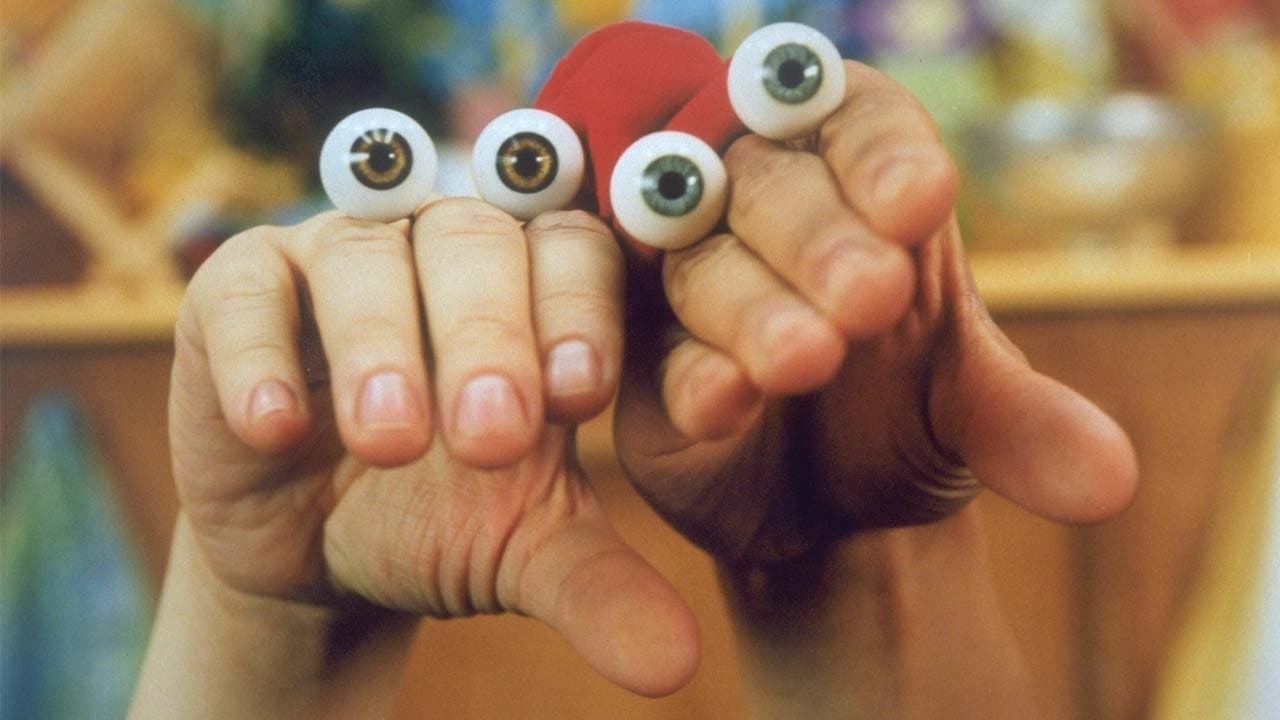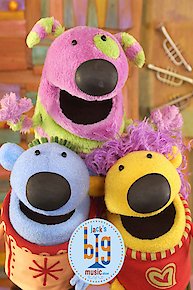
Oobi
Where to Watch Oobi
Watch Oobi Season 1 Episode 126 Now
Watch Oobi Season 1 Episode 125 Now
Watch Oobi Season 1 Episode 124 Now
Watch Oobi Season 1 Episode 123 Now
Watch Oobi Season 1 Episode 122 Now
Watch Oobi Season 1 Episode 121 Now
Watch Oobi Season 1 Episode 120 Now
Watch Oobi Season 1 Episode 119 Now
Watch Oobi Season 1 Episode 118 Now
Watch Oobi Season 1 Episode 117 Now
Watch Oobi Season 1 Episode 116 Now
Watch Oobi Season 1 Episode 115 Now
Watch Oobi Season 1 Episode 114 Now
Watch Oobi Season 1 Episode 113 Now
Watch Oobi Season 1 Episode 112 Now
Watch Oobi Season 1 Episode 111 Now
Watch Oobi Season 1 Episode 110 Now
Watch Oobi Season 1 Episode 109 Now
Watch Oobi Season 1 Episode 108 Now
Watch Oobi Season 1 Episode 107 Now
Watch Oobi Season 1 Episode 106 Now
Watch Oobi Season 1 Episode 105 Now
Watch Oobi Season 1 Episode 104 Now
Watch Oobi Season 1 Episode 103 Now
Watch Oobi Season 1 Episode 102 Now
Watch Oobi Season 1 Episode 101 Now
Watch Oobi Season 1 Episode 26 Now
Watch Oobi Season 1 Episode 23 Now
Watch Oobi Season 1 Episode 22 Now
Watch Oobi Season 1 Episode 21 Now
Watch Oobi Season 1 Episode 17 Now
Watch Oobi Season 1 Episode 1 Now

Oobi was a truly unique and innovative children's television show that was part of Noggin's programming from 2000 to 2005. The focal point of the series is its eponymous character, Oobi, a bare-hand puppet with eyes and accessories. When it comes to children's television, Oobi stands out largely because of the pure simplicity through which it communicates complex life lessons and theories.
Oobi's world is shared with other characters such as Uma, Oobi's younger sister, and their grandpa Grampu. Each character, like Oobi, is represented by bare-hand puppets embellished with simplistic, yet expressive, googly eyes and other basic accessories to depict roles and relationships. The non-human, related characters are creatively represented using inanimate objects that match the simplistic aesthetic of the show, like a pet fish just by a fish bowl with eyes.
The show's central theme involves the exploration and navigation of the world through a child's perspective. Oobi, who is presented as a four-year-old boy, and his friends, Kako and Uma, are the primary characters that children can easily relate to. Everything in their world is designed to be approachable and comprehensible to a young audience. The series consistently highlights the transition from infancy to childhood, exhibiting many 'firsts' young viewers can relate to, including but not limited to first sleepovers, first trips to the school, and first experiences of feeling jealous.
Each episode of Oobi was crafted to encourage active thinking and observation. The show uses hands as primary characters, creating an immediate connection for children to their own "handy" explorations of the world. From identifying different objects, understanding social dynamics, to the significance of family bonds, the series covers a wide range of elementary but impactful topics.
Part of Oobi's uniqueness stems from its language. The characters communicate using 'caveman speak,' a modified, simplistic version of English, wherein they often spoke in 2-3 word sentences. This unique linguistic style was intentional, done to encourage interaction and participation from young viewers. The short, easy-to-understand phrases open a gateway for kids to communicate back, whether it's by repeating or answering the characters' statements.
Moreover, the series is known for creative and expressive physical humor, often incorporating clever puppetry movements. All characters are real human hands, offering distinct and natural motion capabilities, serving to enhance their expressive potential and deliver unforgettable performances.
The show also incorporates equitable social values, emphasizing sharing, caring, and helping others. Despite having limited linguistic dialogue, Oobi successfully communicates complex emotions such as happiness, sadness, jealousy, and forgiveness. It presents moral and ethical principles that are integral to a child's cognitive and emotional development.
Oobi episodes are structured into two kinds of segments: story segments and game segments. In story segments, Oobi and his friends experience various adventures and learn about diverse subjects like music, nature, and different cultures. Game segments were interactive games that involve the viewers, where the characters of the show ask the children to partake in an activity or answer questions.
Oobi is interspersed with real-life segments as well. Between the main story and games, there are short "interview" segments where kids talk about the episode's theme or answer questions related to it. These segments serve a dual purpose of breaking the fourth wall and involving young viewers in the storytelling process, making the show a rich, well-rounded educational experience.
The animation style employed in crafting Oobi is minimalistic and relies heavily on the innovative use of hands as puppet-characters, giving the show a unique visual identity. Props are also used sparingly and meaningfully, adding to the show’s unique aesthetic that emphasizes minimalism and functionality.
The series Oobi was truly a gem during its reign on Noggin. Its unique and simple approach to children's television content, coupled with its commitment to teaching and communicating with its young audience in an equally unusual and innovative manner, lends the show a distinct and memorable quality. Above all, Oobi offers a salute to the wonderful, adventurous, and sometimes challenging journey of childhood.
Oobi is a series categorized as a new series. Spanning 1 seasons with a total of 32 episodes, the show debuted on 2003. The series has earned a moderate reviews from both critics and viewers. The IMDb score stands at 6.4.
How to Watch Oobi
How can I watch Oobi online? Oobi is available on Noggin with seasons and full episodes. You can also watch Oobi on demand at Amazon Prime online.






























